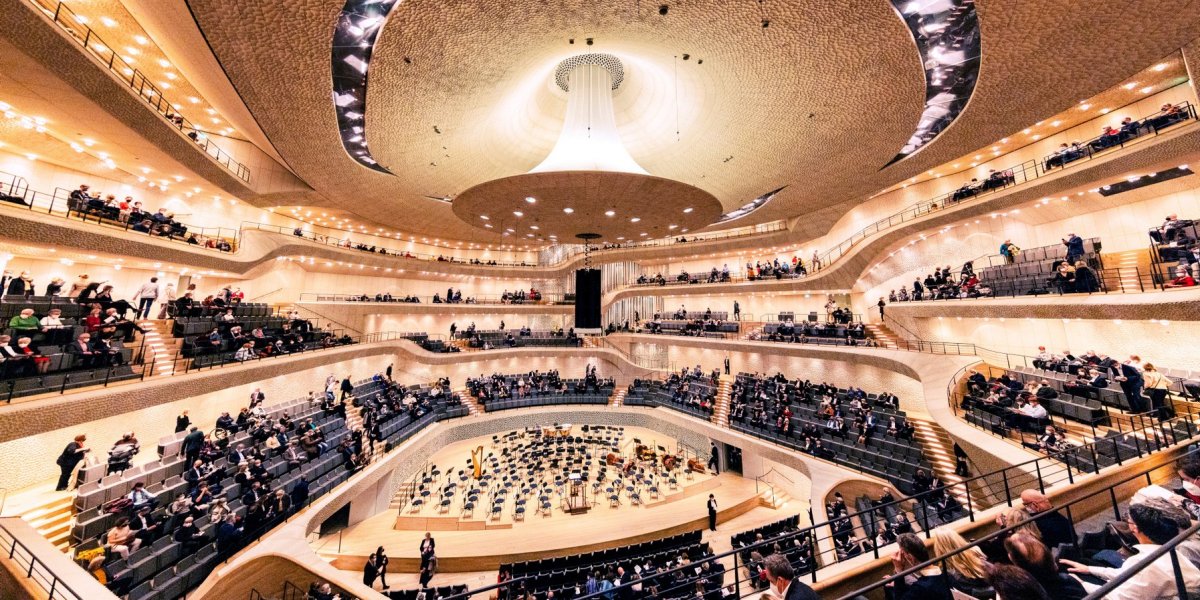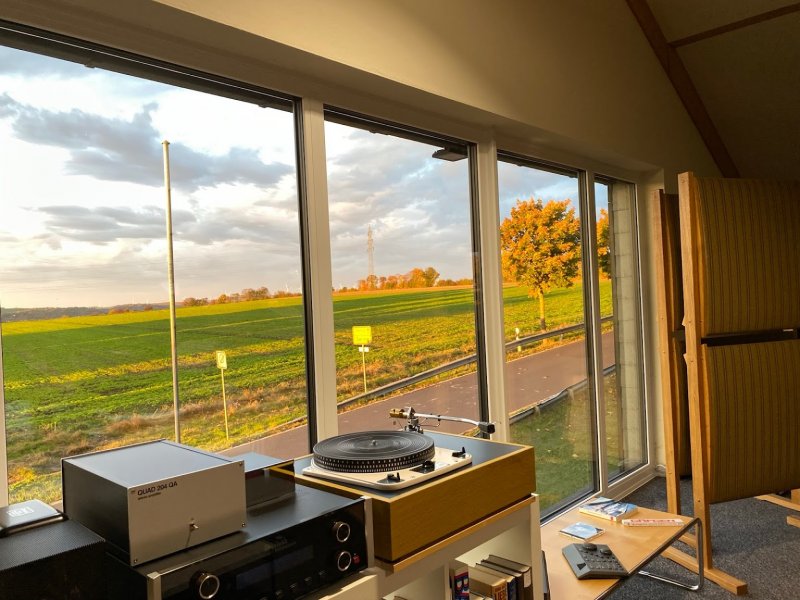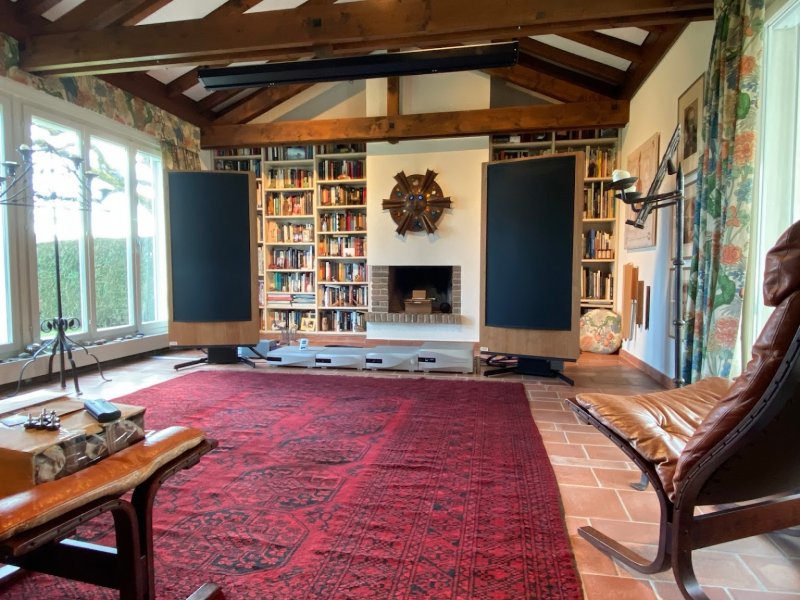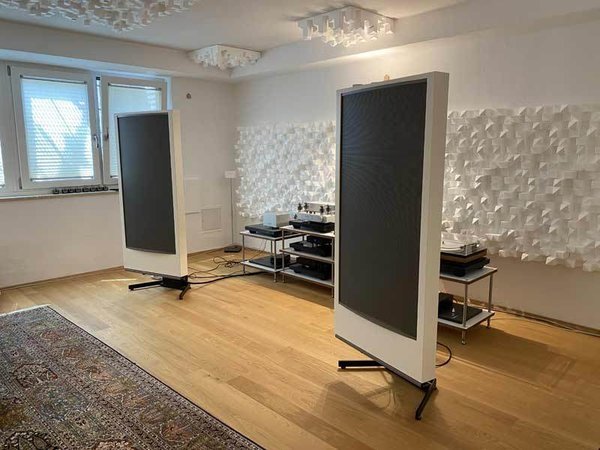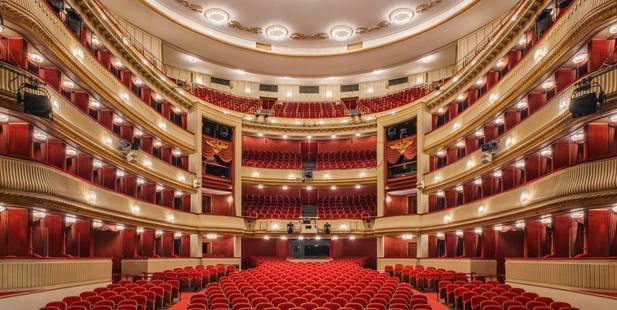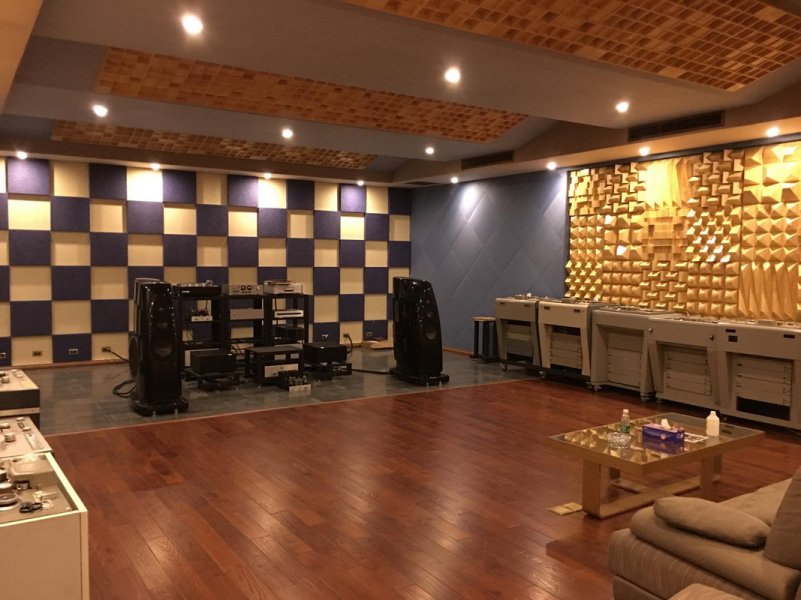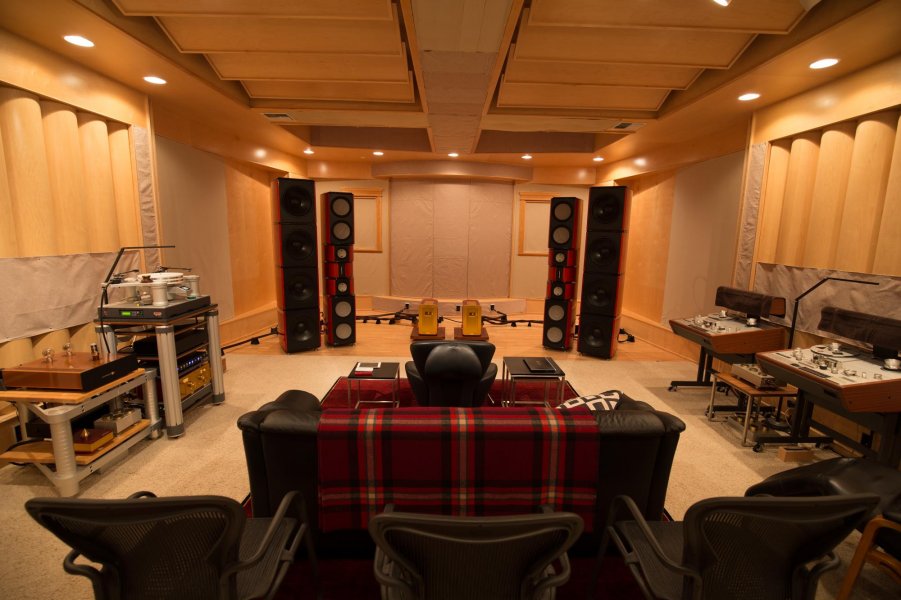Hamburg Elbphilharmonie is a multifunctional building. The great concert hall has undergone several changes in its dimensions within the building, because they wanted to make this building profitable and therefore added more beds to the hotel, which is integrated in this building. I have to admit, the building looks spectacular. It has long escalators like the moscow underground railway, you step in and don't see the end of it. This will lead to the visitor platform, which was build at half of the total height, around the building. And from there it goes downways into the concert hall, like going into a mine just from above.
New concert halls are almost silent, allowing musicians to draw listeners in with incredibly quiet playing. The breathing and fidgeting of the audience actually creates more sound than other background noises. Only in intense moments where the audience collectively hold its breath, can this deep silence be heard. Take a backstage tour of the Bridgewater Hall (Manchester, UK), and you will be told the story of the IRA bomb that on 15 June 1996 broke virtually every window in the city centre. The hall is so well isolated that construction workers inside the auditorium did not hear the explosion.
The Musikverein, on Vienna’s Ringstrasse, is often referred to as the best concert hall in the world. The auditorium is home to the
Vienna Philharmonic Orchestra, with past famous conductors including Brahms, Bruckner and Mahler. When the Philharmonic plays a sweeping crescendo, it is as though the hall springs into life. At its quietest the music seems to be coming from the stage, but as notes get louder the whole orchestra appears to physically broaden, and you perceive a tsunami of sound that washes over you from all directions.
The Berlin Philharmonie, which opened in 1963 and is noted for its distinctive tent-like exterior, was developed in line with architect
Hans Scharoun’s socialist views and, by a combination of skill and accident, revealed a new way forward for architectural acoustics:
vineyard terracing. By breaking the audience into blocks, the intervening walls can be used to reflect more sound to the audience from the sides. Scharoun noted that “people always gather in circles when listening to music informally”, and this inspired the radical concept of music in the round. About a third of the audience is behind the orchestra. The rear seats have great views, but some find the orchestral balance odd.
Btw, the Philharmonie de Paris, France does look inside nearly identical to the Hamburg Elbphilharmonie, just without the computer generated acoustic treatment of the wall structures. But otherwise, no straight lines can be found in there and its a vineyard design, too

